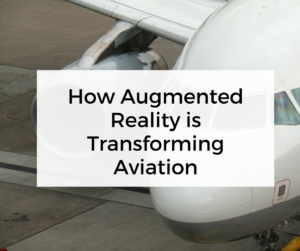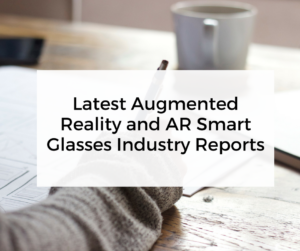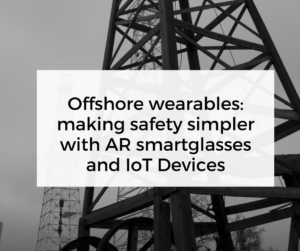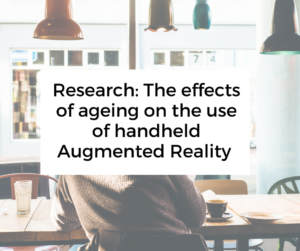An article on OffshoreTechnology.com discusses how wearables are making safety simpler and asks whether offshore oil and gas industry will get on board with the trend for wearable devices?
Offshore oil and gas platforms are affected by a number of hazards, from gas leaks to extreme weather, and operators have been working for decades to ensure every safety precaution is taken. Now the internet of things (IoT) is offering a new option in the form of wearable safety technologies.
“The direction many companies are following points towards a digitalisation of the workplace, in order to reduce human errors, increase safety and simplify work processes,” explains MIT Design Lab senior design lead Sara Colombo. “Definitely there is much space for the adoption of IoT and connected solutions, and companies need to fully embrace this revolution and to train workers to make them ready to adopt these solutions even further.”
IoT wearables have already begun to play an important role in the digitalisation push across a number of industries. But the unique challenges involved in working offshore mean adoption has been slow in the oil and gas sector. Can lessons learned in other industries be applied here?
Smart glasses
Making the case for offshore wearables: BP has already begun using IoT wearables in some areas of its operations, such as onshore gas sites. The company’s smart glasses use augmented reality to overlay data and instructions over the worker’s field of vision. They are also able to present sensor information on the lens and communicate this information with a central communication hub.
In 2016, BP’s Digital Innovation Organisation technology principal Blaine Tookey spoke at the Wearables Technology Show about the potential for IoT wearables in the offshore oil and gas sector.
“This is the revolution we’re looking for: the new paradigm that wearables will bring to people working in oil and gas,” said Tookey. “This technology will drive automatic situational awareness, so our field workers will have the right knowledge at the point of work. Enabling a ‘man down’ to be automatically recognised by colleagues and the control room and location sensing will be really valuable.”
Tookey highlighted a range of products he would like to see developed further for the offshore oil and gas industry. These included smart sensors, displays and communication devices that could all be integrated into wearables.
With the current success of the smart glasses in other areas of BP, it is likely that they will make an appearance in the offshore industry where up-to-date information could be invaluable. However, the glasses would need to be modified to work in the wet and windy offshore environment.









